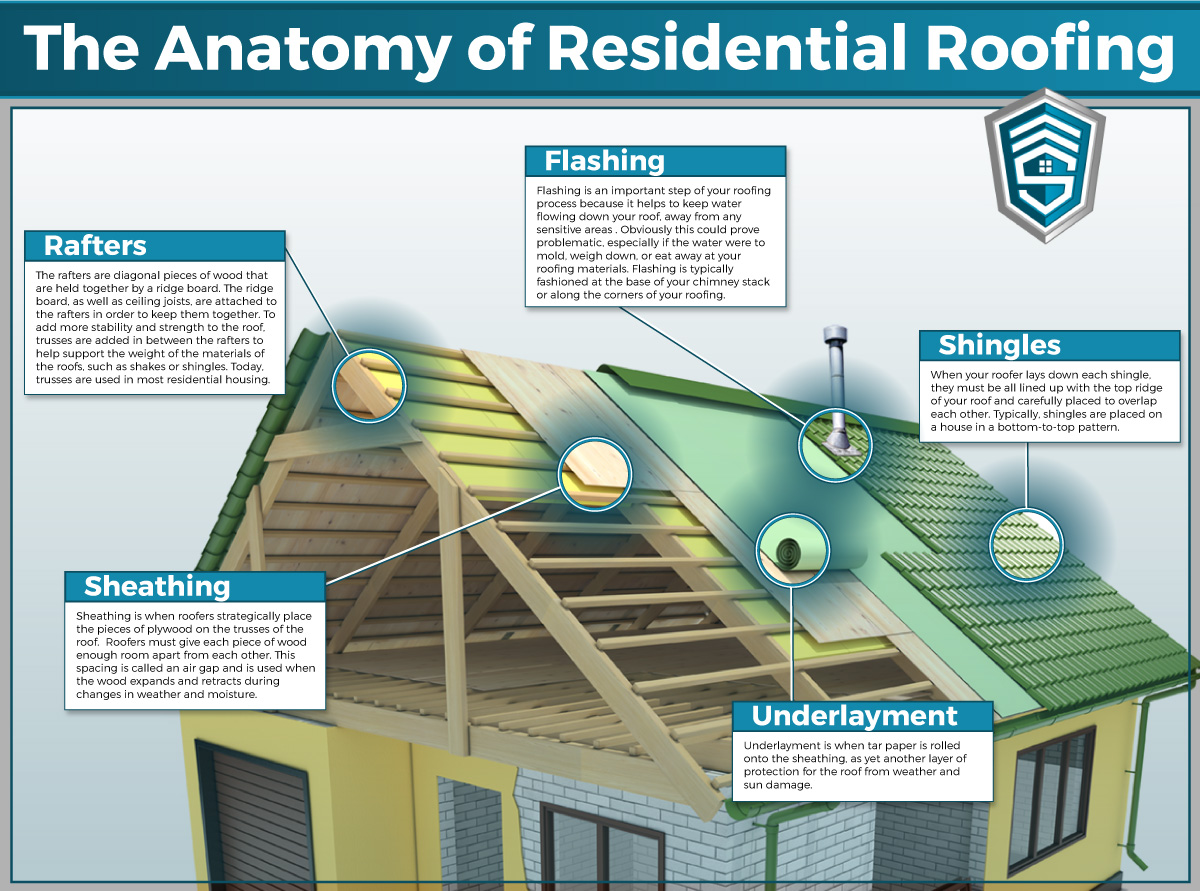Falling Short To Attend To Roof Ventilation May Cause Substantial Damages; Explore The Crucial Aspects That Add To A Successful Setup And Shield Your Economic Dedication.
Falling Short To Attend To Roof Ventilation May Cause Substantial Damages; Explore The Crucial Aspects That Add To A Successful Setup And Shield Your Economic Dedication.
Blog Article
Material Create By-Byrne Poole
When you're tackling a roof covering job, you could not think much concerning roof air flow, but it's even more critical than you recognize. Efficient air flow helps regulate temperature and moisture in your attic, stopping troubles like mold and mildew and structural damage. By understanding how to design and set up a balanced air flow system, you can boost power performance and prolong the lifespan of your roofing materials. So, what are the vital aspects to take into consideration during installation that can make all the distinction?
Value of Roof Ventilation
Roof air flow plays a crucial role in keeping the total health and wellness of your home. By permitting fresh air to circulate through your attic room, it helps regulate temperature level and moisture levels. This balance is necessary to prevent warm accumulation during warm months, which can lead to raised energy costs as your a/c works overtime.
Additionally, proper air flow dramatically minimizes the threat of moisture-related concerns like mold and mold. If moisture degrees increase, your home's architectural integrity can be endangered, bring about pricey repair work. You wouldn't want to handle decomposing wood or deformed roof products, right?
Furthermore, adequate air flow extends the lifespan of your roofing system. When heat and dampness are kept in check, your roofing system can execute optimally, stopping early deterioration. This implies less frustrations and expenditures down the line.
Exactly How Roofing Air Flow Functions
Reliable roofing system air flow relies on the natural movement of air to create an equilibrium in between intake and exhaust. When you mount vents, you're basically enabling fresh air to enter your attic room while allowing warm, stagnant air to escape. This process aids manage temperature level and dampness levels, preventing concerns like mold development and roofing damages.
Intake vents, typically found at the eaves, reel in awesome air from outside. At the same time, exhaust vents, situated near the ridge of the roof covering, let hot air rise and leave. The distinction in temperature creates an all-natural airflow, called the stack effect. As cozy air surges, it develops a vacuum cleaner that draws in cooler air from the lower vents.
To enhance this system, you need to guarantee that the intake and exhaust vents are effectively sized and positioned. If the intake is restricted, you will not achieve the desired ventilation.
Also, not enough exhaust can catch heat and wetness, leading to possible damage.
Trick Setup Considerations
When setting up roofing air flow, several key considerations can make or break your system's efficiency. First, you need to examine your roof's design. The pitch, shape, and products all affect air movement and ventilation option. See to it to select vents that suit your roofing system type and neighborhood climate problems.
Next, take into consideration the placement of your vents. Ideally, you'll desire a balanced system with consumption and exhaust vents placed for ideal airflow. Area consumption vents short on the roofing and exhaust vents near the peak to urge an all-natural flow of air. This arrangement assists prevent dampness buildup and promotes power efficiency.
Don't forget about insulation. Proper insulation in your attic room prevents warm from getting away and keeps your home comfortable. Make certain that insulation doesn't block your vents, as this can prevent air flow.
Finally, think about maintenance. Select ventilation systems that are easy to accessibility for cleansing and evaluation. Normal upkeep ensures your system continues to work properly over time.
Final thought
Finally, roofing system air flow is essential for an effective setup. By guaranteeing correct air flow, you can stop heat accumulation and wetness concerns that result in pricey damage. When best roofing company in san antonio and exhaust vents, you boost power performance and lengthen the lifespan of your roof. Keep in mind, a well-ventilated roof not just safeguards your investment but also enhances your interior air top quality. So, focus on air flow to make certain a resilient and cost-effective roof for your home.
